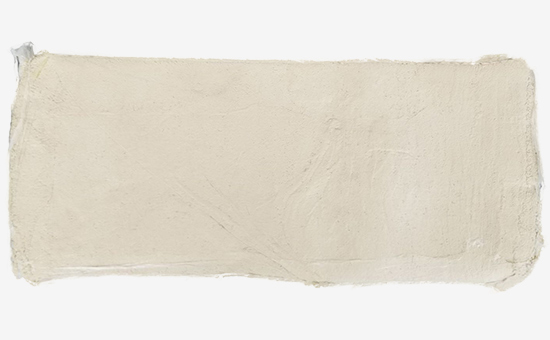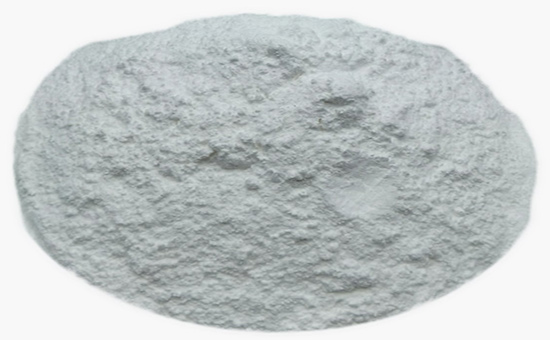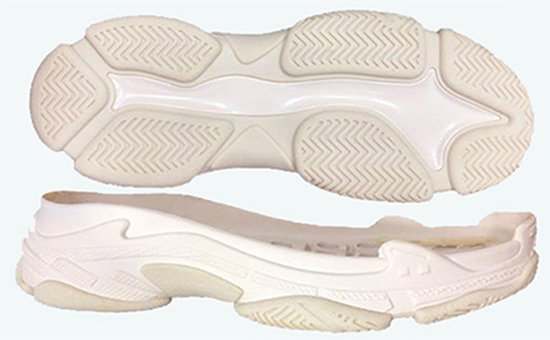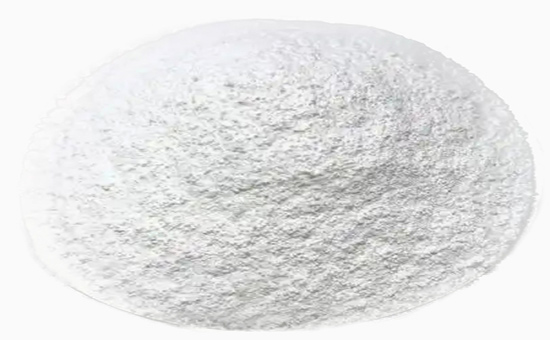Natural latex recycled rubber is made of waste natural rubber, waste latex and its products as raw materials, through crushing, desulfurization, refining and other processes, the main component is rubber hydrocarbons, with high mechanical strength, good elasticity, wear resistance, aging resistance, can replace natural rubber to produce rubber products, effectively reduce the cost of raw materials. In actual production, white latex reclaimed rubber is light in color and easy to match, and is used in the production of light-colored rubber products, and the selection of antioxidants is very important.
1. The problems that need to be considered in the selection of antioxidants for light-colored latex recycled rubber products
(1) Consider the protection needs of light-colored latex reclaimed rubber products
When choosing antioxidants for light-colored latex reclaimed rubber products, it is first necessary to select the appropriate varieties of antioxidants according to the specific aging performance and anti-aging requirements of rubber products: for example, light-colored latex reclaimed rubber products need to be used at a higher temperature, and it is recommended to use antioxidants with good heat aging resistance; Rubber products that are often affected by ozone need to choose antioxidants with good anti-ozone aging effect.

(2) Consider the pollution, coloring and environmental protection of antioxidants
Light-colored latex reclaimed rubber products have higher requirements for color, and it is not appropriate to choose polluting antioxidants, such as most amine antioxidants are easy to discolor and pollute rubber products, and generally cannot be used in the production of light-colored latex reclaimed rubber products. For light-colored natural reclaimed rubber products with strict requirements for environmental protection, it is necessary to choose antioxidants that meet relevant environmental protection standards.
(3) Consider the solubility of antioxidants in latex reclaimed rubber
The solubility of antioxidants in rubber can be judged by whether there is frosting, and the greater the solubility, the less easy it is to spray. When antioxidants are used in light-colored latex recycled rubber products, the dosage should not exceed E4LYY725 its solubility in rubber, otherwise frosting will occur. Frosting not only affects the surface quality and appearance of latex recycled rubber products, but also reduces the anti-aging effect; It is recommended to use 2 or more antioxidants together.

(4) Consider the synergistic effect of antioxidants: when a variety of antioxidants are used together, the antioxidants cooperate and synergize with each other to avoid conflict, weaken the antioxidant effect or even produce negative reactions.
(5) Consider the influence of antioxidants on the vulcanization performance of latex reclaimed rubber: amine antioxidants have adverse effects on rubber scorching, and phenolic antioxidants may delay vulcanization.
2. Varieties and functions of commonly used antioxidants in light-colored latex recycled rubber products
(1) Phenolic antioxidants
Antioxidant 264: It has good antioxidant properties, and can be used in light-colored latex recycled rubber products to improve the heat resistance and oxidative aging performance of the products.

Antioxidant 2246: Good antioxidant performance, can effectively inhibit the oxidation reaction of rubber, and delay the aging process. It has high stability in light-colored rubber products, is not easy to cause discoloration, and has a certain water extraction resistance. Antioxidant 2246 has good compatibility with latex reclaimed rubber, can be evenly dispersed in the rubber system, plays a good protective role, and reduces the adverse effects of oversulfur.
(2) Amine antioxidants
Antioxidant DNP: It has outstanding protective effect on thermal and oxidative aging and weather aging, and the pollution is light, and can be used for light-colored natural recycled rubber products.
Antioxidant 4010NA: It has good anti-ozone, flexural crack resistance and anti-thermal-oxidative aging properties, and can effectively inhibit the aging of rubber under dynamic and static conditions; When 4010NA is used in light-colored latex recycled rubber products, the dosage is reasonably controlled, and the impact on color is relatively small.

Antioxidant 4020: Outstanding anti-ozone, flexural and thermo-oxidative aging resistance, and the protective effect is better than that of antioxidant 4010NA. Latex reclaimed rubber can be used in small quantities when producing light-colored rubber products, and there will be slight discoloration if the amount is excessive.
(3) Other antioxidants
Antioxidant MB: It has a certain protective effect on heat, oxygen, flexuring and other aging. It is used in light-colored natural recycled rubber products, which can play a certain protective effect and basically will not affect the color of the product.

Antioxidant AW: It is mainly used to prevent cracking of rubber products caused by ozone, especially suitable for rubber products used under dynamic conditions.
Paraffin: Rubber protective wax can form a dense protective film on the rubber surface to prevent ozone aging and prolong the service life of rubber, which is suitable for light-colored latex recycled rubber products.
When choosing antioxidants for light-colored latex reclaimed rubber products, we must choose the appropriate varieties of antioxidants according to actual needs, reasonably control the amount of antioxidants, avoid problems such as yellowing and frosting caused by improper use of antioxidants, and effectively extend the service life of latex reclaimed rubber products.
Exclusive original article [commercial authorization] reprint, excerpt and excerpt in any form are prohibited without written authorization. Focus on Hongyun rubber: learn the process formula and raw material technology of producing rubber products from recycled rubber to help you reduce costs and increase profits